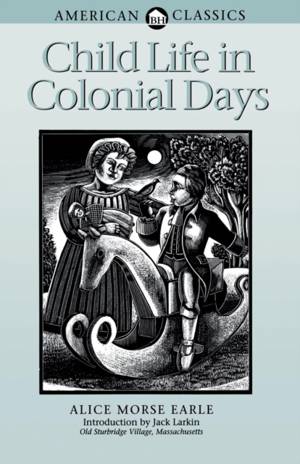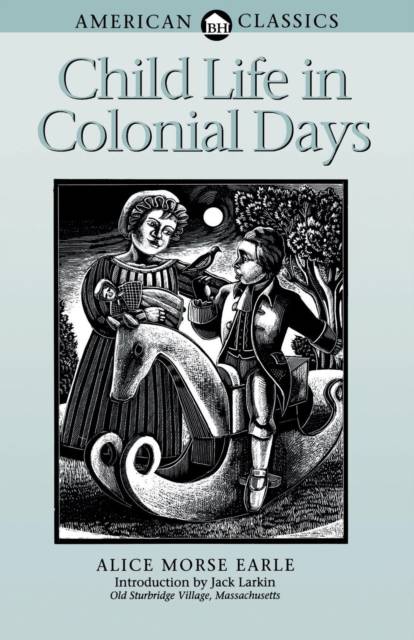
- Afhalen na 1 uur in een winkel met voorraad
- Gratis thuislevering in België vanaf € 30
- Ruim aanbod met 7 miljoen producten
- Afhalen na 1 uur in een winkel met voorraad
- Gratis thuislevering in België vanaf € 30
- Ruim aanbod met 7 miljoen producten
Zoeken
€ 48,45
+ 96 punten
Uitvoering
Omschrijving
At the end of the 19th century, after Americans had endured thirty years of tremendous change due to rapid industrial growth, social upheavals, and the excesses of the Gilded Age, they began to look back with increasing fondness to their own past. The Colonial Revival in architecture was one fruit of this nostalgia; another was the insightful chronicles of social history in earlier days written by Alice Morse Earle. Following the success of her book "Home Life in Colonial Days," Alice Morse Earle wrote a detailed and fascinating account of American children and their lives from the very earliest settlers to the first decades of the new republic. Covering everything from dress to toys, schools to play, discipline and religion, she described in highly readable prose a child's life in the days before the railroad and telegraph. Her book has endured for a century, enthralling readers and inspiring scholars to new research into the field.
Specificaties
Betrokkenen
- Auteur(s):
- Uitgeverij:
Inhoud
- Aantal bladzijden:
- 560
- Taal:
- Engels
- Reeks:
Eigenschappen
- Productcode (EAN):
- 9780936399522
- Verschijningsdatum:
- 1/01/1993
- Uitvoering:
- Paperback
- Formaat:
- Trade paperback (VS)
- Afmetingen:
- 138 mm x 209 mm
- Gewicht:
- 612 g

Alleen bij Standaard Boekhandel
+ 96 punten op je klantenkaart van Standaard Boekhandel
Beoordelingen
We publiceren alleen reviews die voldoen aan de voorwaarden voor reviews. Bekijk onze voorwaarden voor reviews.








